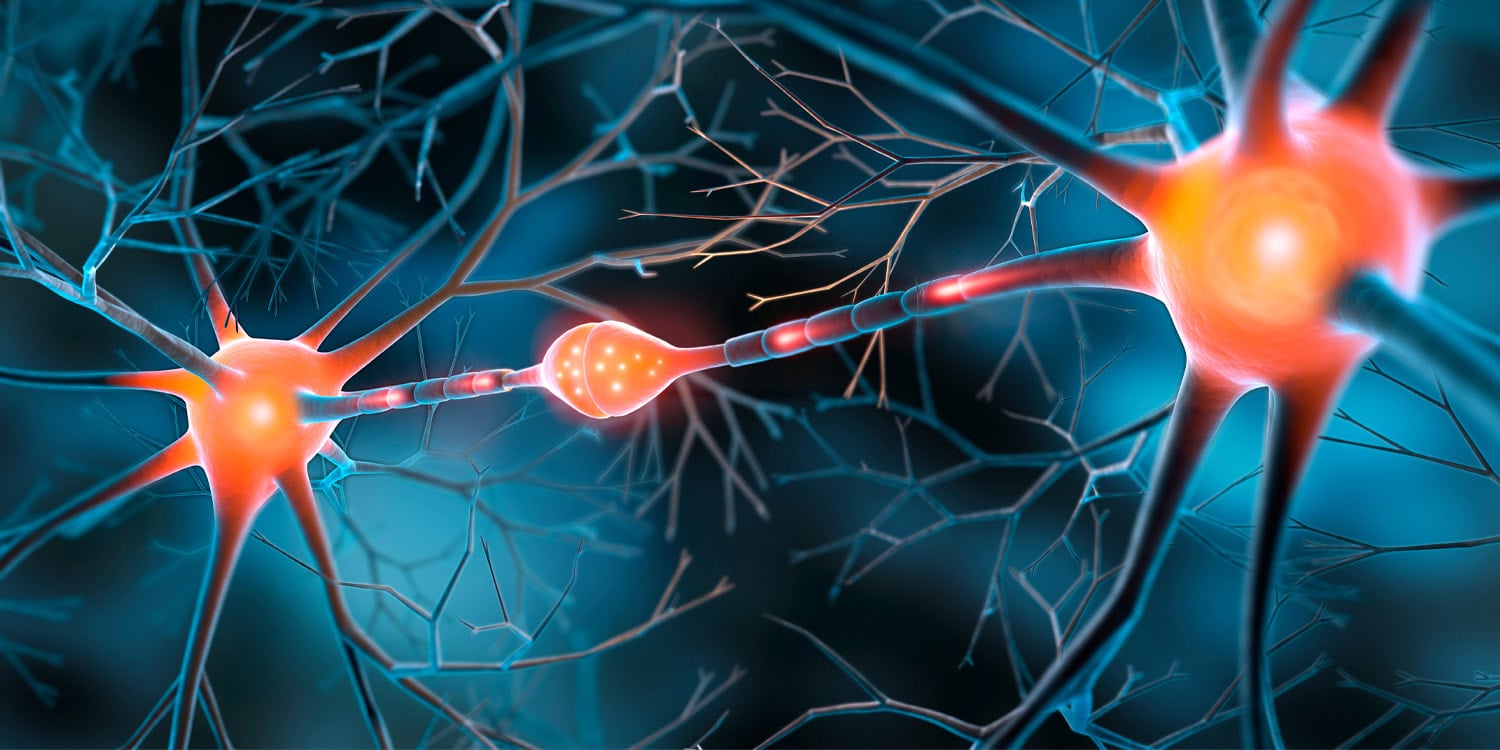A new study published in Nature Neuroscience reveals that male and female mice process threats differently in the brain, even though their behavioral responses are similar. By studying neural activity in two key brain regions, researchers discovered sex-specific pathways that influence how male and female mice distinguish between threatening and non-threatening cues.
Previous research has shown that males and females can experience psychiatric disorders differently, with distinct symptoms or rates of development. The researchers, led by McGill University’s Associate Professor Rosemary Bagot, were particularly interested in how the brain tells apart cues that signal danger from those that indicate safety. These cues are vital for survival, as they help animals, including humans, decide whether it’s safe to focus on other needs or if they should prepare for potential threats.
“My lab has a long-standing interest in understanding how glutamatergic inputs to the nucleus accumbens are altered by chronic stress and how this might be involved in stress-related disorders like depression and anxiety,” explained Bagot, the head of the Bagot Lab for Behavioural Neurogenomics.
“In earlier work we found that chronic stress changes neural activity in these circuits, and we wanted to understand more about why this might be important. This drove us to examine how these neural circuits encode information about threat and how this information is then used to guide ongoing behavior. We didn’t set out to find sex differences; we just routinely do all our experiments in both male and female animals and stumbled across this. We were really surprised to find this effect and very curious to understand more about it.”
To explore this, the researchers worked with laboratory mice and focused on two brain pathways: one connecting the medial prefrontal cortex, a region involved in decision-making, to the nucleus accumbens, which plays a role in reward processing and behavior, and another linking the ventral hippocampus to the nucleus accumbens. Both of these brain circuits process information related to reward and threat, but it wasn’t known if these pathways work differently in males and females.
The mice were trained to recognize two distinct signals: one that warned of a mild electric shock and another that meant safety. Over time, they learned to associate the threat signal with a reason to feel fear, while the safety signal indicated that they could relax.
The researchers used a technique that allowed them to observe changes in neural activity as the mice were exposed to the cues. This method enabled them to see how each brain circuit responded to both the threat signal and the safety signal in real-time. In addition to observing natural brain responses, the team used a procedure to temporarily turn off each brain circuit independently, which allowed them to test how disrupting these connections impacted the mice’s behavioral response to threat cues.
The findings revealed a surprising difference in how male and female mice processed the cues. Despite the fact that both males and females showed similar outward behavior by freezing in response to the threat, their brains used different circuits to process the information. For female mice, the pathway between the medial prefrontal cortex and the nucleus accumbens was more involved in managing their response to threat cues.
When this pathway was disrupted, females showed a noticeable change in their ability to react appropriately to the threat signal, suggesting that this brain circuit was essential for their threat-processing mechanism. In contrast, male mice relied more heavily on the connection between the ventral hippocampus and the nucleus accumbens. When this second pathway was interrupted, male mice’s reactions to the threat cue were affected more significantly than those of females.
“We were initially really surprised that the effects of turning off one brain circuit or the other were so specific to each sex,” Bagot told PsyPost. “This really confirmed that male and female mice were relying on different brain circuits to produce the same behavior.”
Another notable finding was the apparent difference in how each sex used the safety signal. Female mice appeared to use the safety cue as a signal that allowed them to relax, reducing their response to potential danger. This pattern suggested that the safety signal served as a “safety” marker in their brains, helping to distinguish times when it was safe to pursue other activities from times when they should remain alert.
On the other hand, male mice seemed to interpret the safety cue as neutral, giving it no special significance in terms of relaxation or caution. This difference could indicate distinct risk-management strategies between males and females, possibly reflecting underlying evolutionary or biological influences.
“One key takeaway is that the brain can produce similar behavior using different neural circuits,” Bagot explained. “We need to understand these differences in diverse populations to fully understand how the brain works. We see it here comparing male and female mice, but this is just one source of individual differences. It’s also important to remember that we see these effects at the level of group averages and that there is also a lot of variability within sex, and of course, there are many other ways that individuals can differ.”
The study underscores the importance of including both sexes in neuroscience research. Without a clear understanding of how sex influences brain function, researchers risk overlooking factors that could improve health outcomes for both males and females.
“As with any research in preclinical models, it is important to remember that humans are more complex than mice, and we need to be cautious in how we extrapolate the findings to human health,” Bagot noted. “Preclinical models are essential in being able to untangle complex brain mechanisms, but mice are not humans. One major consideration is that, in mice, we only examine the effects of biological sex (male/female) as a binary. Mice do not have gender, but when we think about humans, this becomes an important consideration.”
Future research could explore how hormones and other biological factors influence these sex-specific brain circuits.
“We want to understand the mechanism underlying this sex difference in neural circuit function,” Bagot said. “We’ve shown that there are no major differences in how the circuits are wired in male and female mice. We are curious to understand more about how hormonal mechanisms might influence how each circuit is recruited to encode threat and control behavior.”
The study, “Sex-biased neural encoding of threat discrimination in nucleus accumbens afferents drives suppression of reward behavior,” was authored by Jessie Muir, Eshaan S. Iyer, Yiu-Chung Tse, Julian Sorensen, Serena Wu, Rand S. Eid, Vedrana Cvetkovska, Karen Wassef, Sarah Gostlin, Peter Vitaro, Nick J. Spencer, and Rosemary C. Bagot.




